Increase in-home foodwaste recycling in Bristol using behavioural design
Challenge
With The Grain (behavioural consultancy) was commissioned by Bristol City Council to use behavioural insights to find ways to increase the level of recycling done in Bristol households, and With The Grain and The Hunting Dynasty worked together.
Recycling rates had started to fall after years of holding steady, where half of households were not sorting food waste for collection, though this service had been in place since 2008. It is important to maintain recycling rates as household waste sorting reduces landfill, and cuts costs for local governments, including landfill tax.
Research & insight
We know a lot about purchase decisions in supermarkets, and what happens to waste and materials sorted for recycling once they have been picked up from the kerbside, but we (the research community) know little about what happens between a product going through a front door, and packaging coming back out.
1. Ethnography
 Six households were visited as part of ethnographic observations to identify barriers to effective recycling from two household types: families who are good at recycling, and those who do next to none. Residents walked us through how they deal with all types of waste in their home. We found extraordinary insight into behaviour/practice in ‘good’ households; significantly, contractors and commissioners have never acknowledged these in policy or communications
Six households were visited as part of ethnographic observations to identify barriers to effective recycling from two household types: families who are good at recycling, and those who do next to none. Residents walked us through how they deal with all types of waste in their home. We found extraordinary insight into behaviour/practice in ‘good’ households; significantly, contractors and commissioners have never acknowledged these in policy or communications
- Good recyclers have a ‘holding place’ in the home. The ‘holding space’ is usually a box or shelf.
- Food waste sorters do it bit-by-bit, hour-by-hour, day-by-day: taking out food waste as the caddy fills
- There is a ‘lead person’ in-home who drives the house to conform, and more
2. Workshop
 Co-production workshop ran to choose what and how to deliver revealed themes, such as food waste, house ‘cheerleader’, student flats, etc.
Co-production workshop ran to choose what and how to deliver revealed themes, such as food waste, house ‘cheerleader’, student flats, etc.
With this knowledge, and our review of literature, we worked with the client to narrow the focus to food waste as this has the largest measurable impact – namely food waste is the heaviest of all recyclable material (being moisture-laden) and weight is a primary measure of success. Additionally, food waste is often incorrectly placed in landfill bins, which magnifies the punitive nature of incorrect placement
Solution
With food waste chosen as best candidate for measurable improvement we decided to use the most personal and salient communication method – that of leaflets and stickers on the kerbside bins of the homes on the collection round who weren’t recycling dry waste and/or food waste.
Copy design
To increase saliency, and increase efficiency of communicating with households, we decided to communicate at  the point of use – namely their recycling, food waste, and landfill kerbside bins. The communication used personalisation, recognition, effort reduction, proximal construals, and visualisation of action, to encourage households to opt-in to regular, weekly kerbside collection.
the point of use – namely their recycling, food waste, and landfill kerbside bins. The communication used personalisation, recognition, effort reduction, proximal construals, and visualisation of action, to encourage households to opt-in to regular, weekly kerbside collection.
It is clear we have to unlock desire from the hardest to reach part of the community – those that don’t correctly dispense food waste despite the process being in place every week for nearly a decade; a tough crowd.
RCT
 We tested the leaflet on households across two locations that were observed on bin collection day not managing their food waste but having put out their dry recycling. These homes were selected for leaflet intervention on that same bin collection day (hence, ‘Thank you for recycling’). On subsequent collection weeks we revisited and observed their food waste behaviour. 192 households across two locations were subject to an experimental intervention, split between two communication conditions: bin stickers (N = 122) and leaflets (N = 70).
We tested the leaflet on households across two locations that were observed on bin collection day not managing their food waste but having put out their dry recycling. These homes were selected for leaflet intervention on that same bin collection day (hence, ‘Thank you for recycling’). On subsequent collection weeks we revisited and observed their food waste behaviour. 192 households across two locations were subject to an experimental intervention, split between two communication conditions: bin stickers (N = 122) and leaflets (N = 70).
Households across two locations were chosen from ~1400 potentials:
- Sticker: Household which recycles nothing, n=57
- Sticker: Household which does some dry recycling but not food, n=54
- Leaflet: Household which does some dry recycling but not food, n=61
Data gathering:
- Observations for two collections (over two weeks) post intervention
Results
Observation over two weeks saw uplift to +28%
In practice, at population level, our results point to a participation jump from the current 50% of households to the 58-64% range
The single, one-time-only leaflet (shown), delivered to the ‘high hanging fruit’ who don’t recycle food waste,
- Increased the level of food waste recycling across the experimental population (n=61) by at least 16% – with a total of 28% households leaving food waste out at least once.
This treatment as it is the most scalable and straightforward, offering the best RoI
- The project also tested sticker treatments. Each was similarly successful.
- In practice, at population level, our results point to a participation jump from 50% of households to the 58-64% range
“Findings show that we need to look at things differently if we want different results. Behaviour inside the home is something overlooked, and if we understand, we can tailor communication and make a real difference.”
Pam Jones, Commissioning lead at Bristol City Council
 “Communications need a personal touch. The UK’s household recycling rate is stubbornly hovering below 50%. Warren Hatter and Oliver Payne believe that gentle persuasion could get it moving again.”
“Communications need a personal touch. The UK’s household recycling rate is stubbornly hovering below 50%. Warren Hatter and Oliver Payne believe that gentle persuasion could get it moving again.”
The industry magazine, Materials Recycling World, 2017, (paywall)
Capabilities used
PRODUCT / SERVICE
PLACE
PROMOTION
PEOPLE
- CALL SCRIPTS & TOP TIPS GUIDES
- TEACHING BEHAVIOURAL TECHNIQUES (so you can work without us) via WORKSHOP
PHYSICAL EVIDENCE


